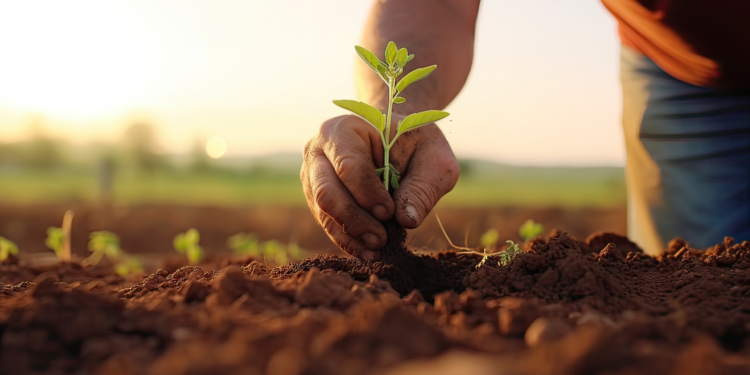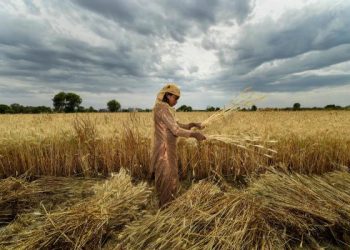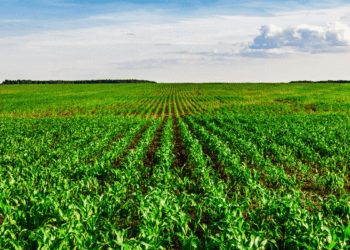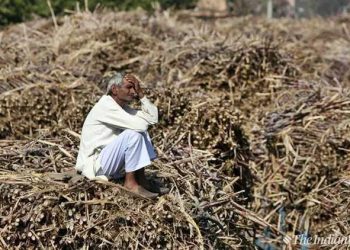Cultivating sustainability is the guiding light that propels us towards a greener and more resilient future. It encapsulates a mindset and a set of practices that not only nourish the Earth but also nourish our communities, our well-being, and the well-being of generations yet to come.
The ground beneath our feet, which we commonly refer to as soil, is an intricate living ecosystem filled with a bustling community of tiny creatures, like earthworms, bacteria, and fungi. It’s the very foundation on which our food grows and provides a habitat for numerous life forms. But, at this moment, the state of our soil’s health is a cause for significant concern. In this article, we embark on a journey to explore the urgency of protecting and nurturing our soils. We’ll delve into the essential reasons for safeguarding our soils, the numerous advantages of having healthy soil, the imminent threats it faces, and practical solutions that can help us ensure the well-being of this vital resource.
The Current State of Soil Health

When we talk about soil health, we refer to the soil’s ability to function as a dynamic living system capable of supporting plant life. In recent years, this crucial element of our ecosystem has come under severe stress. Pollution, deforestation, industrial agriculture, and climate change have all contributed to the degradation of our soils. Excessive use of chemical fertilizers and pesticides, coupled with monoculture cropping, has taken a toll on soil quality.
The Importance of Saving Our Soils
Saving our soils is not only an environmental imperative but also a necessity for food security and sustainable agriculture. Healthy soil acts as a natural resource bank, storing essential nutrients and water. When soil is degraded, it not only affects the quality and quantity of crops but also poses a significant threat to our environment.
The Benefits of Healthy Soil

1. Increased Crop Yields
Healthy soil is the key to higher crop yields. It provides plants with essential nutrients and a stable foundation for root systems to grow and absorb these nutrients effectively. Soil rich in organic matter and beneficial microorganisms ensures that crops receive the nourishment they need, resulting in more robust and more productive harvests.
2. Improved Water Retention
One of the remarkable attributes of healthy soil is its ability to retain water efficiently. It acts like a sponge, holding moisture for plants to access during dry periods. This property is crucial in regions facing water scarcity, as it reduces the need for excessive irrigation.
3. Reduced Erosion
Healthy soil is less prone to erosion. The root systems of plants and trees anchor the soil in place, preventing it from being washed away by rainwater or blown away by the wind. Erosion control is essential for maintaining fertile farmland and preventing sediment runoff into water bodies.
4. Enhanced Biodiversity
Biodiversity in soil is just as important as it is above ground. Healthy soil is home to a diverse community of microorganisms, including bacteria, fungi, earthworms, and more. This diversity contributes to soil fertility, resilience, and overall ecosystem health.
5. Carbon Sequestration
Soil can play a vital role in mitigating climate change through carbon sequestration. Healthy soil can store substantial amounts of carbon, helping to reduce the concentration of greenhouse gases in the atmosphere. This carbon storage is critical for a sustainable and stable climate.
The Threats to Soil Health
1. Overuse of Fertilizers and Pesticides
The excessive use of chemical fertilizers and pesticides has become a common practice in industrial agriculture. While these inputs can boost short-term crop productivity, they also lead to a slew of problems, such as nutrient imbalances, soil acidification, and the decline of beneficial soil organisms. This leads to the long-term degradation of soil health.
2. Monoculture Cropping
Monoculture, the practice of growing a single crop repeatedly on the same land, depletes the soil of specific nutrients while promoting the proliferation of pests and diseases. It also leads to reduced biodiversity in the soil, making the ecosystem more susceptible to disturbances.
3. Deforestation
Deforestation disrupts the delicate balance of ecosystems and negatively impacts soil health. When forests are cleared, the protective cover of leaves and organic matter is removed, leaving soil exposed to erosion, degradation, and loss of nutrients. It also releases carbon stored in trees and soil into the atmosphere, contributing to climate change.
4. Climate Change
Climate change is a significant threat to soil health. Rising temperatures, erratic rainfall patterns, and extreme weather events can exacerbate soil erosion, nutrient loss, and degradation. Changes in temperature and precipitation affect the composition and activity of soil microorganisms, further impacting soil health.
Cultivating Sustainability: Solutions
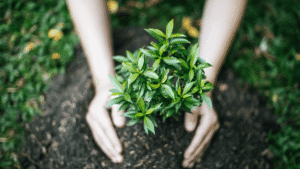
1. Sustainable Agricultural Practices
To cultivate sustainability and enhance soil health, we need to adopt sustainable agricultural practices that promote long-term ecological balance. Some of these practices include:
– Cover Cropping: Planting cover crops between main crops helps protect the soil from erosion, improve its fertility, and enhance biodiversity.
– Crop Rotation: Rotating crops on a field season by season helps prevent soil exhaustion and disrupts the life cycles of pests and diseases.
– Integrated Pest Management: Implementing pest management strategies that reduce reliance on chemical pesticides while maintaining healthy soil ecosystems.
– Reduced Tillage: Minimizing soil disturbance through reduced or no-till farming practices preserves the soil structure and organic matter.
– Agroforestry: Integrating trees and shrubs into farming systems helps protect the soil, improve water retention, and enhance biodiversity.
2. Other Ways to Save Our Soils
In addition to sustainable agricultural practices, there are other ways to save our soils:
– Reduce Food Waste: By reducing food waste at the consumer level, we can reduce the pressure on the agricultural industry to produce more, which often involves practices that degrade soil health.
– Compost: Composting organic waste not only reduces landfill waste but also provides valuable organic matter that can be used to improve soil fertility.
– Support Sustainable Farming Practices: As consumers, we can support sustainable farming practices by choosing to buy from local, organic, and regenerative agriculture sources. Supporting initiatives that promote soil health, such as certification programs, can also make a difference.
Conclusion
The importance of saving our soils cannot be overstated. Healthy soil is the foundation of our food system, a key player in climate change mitigation, and a crucial component of ecosystem health. To ensure a sustainable future for generations to come, we must take collective action to preserve and nurture our soils.
Cultivating sustainability in soil health requires a shift in agricultural practices, a commitment to reducing our environmental impact, and support for sustainable farming initiatives. It’s a call to action that each of us can answer, from the individual choices we make as consumers to the policies we support as citizens. By working together to protect and restore our soils, we can create a greener, more sustainable world where soil health thrives and supports life as we know it.

